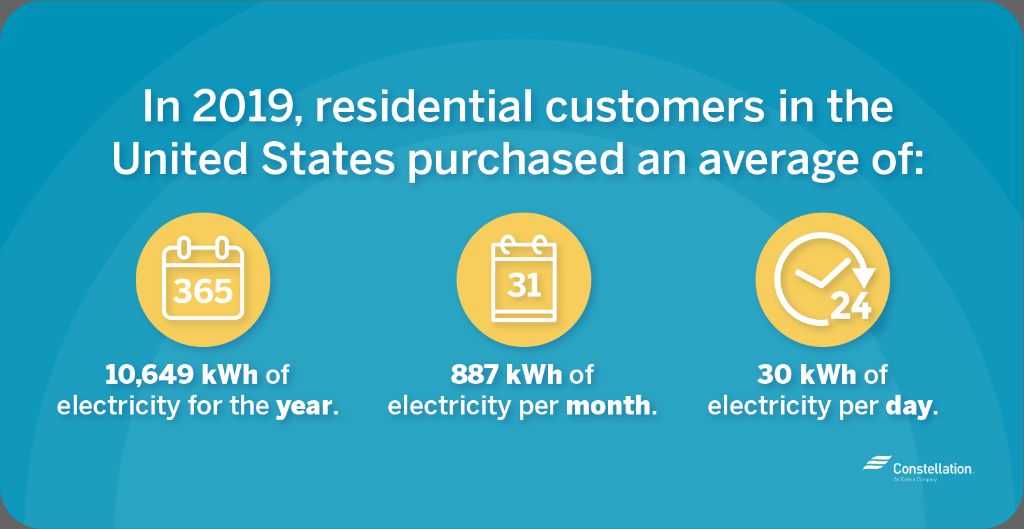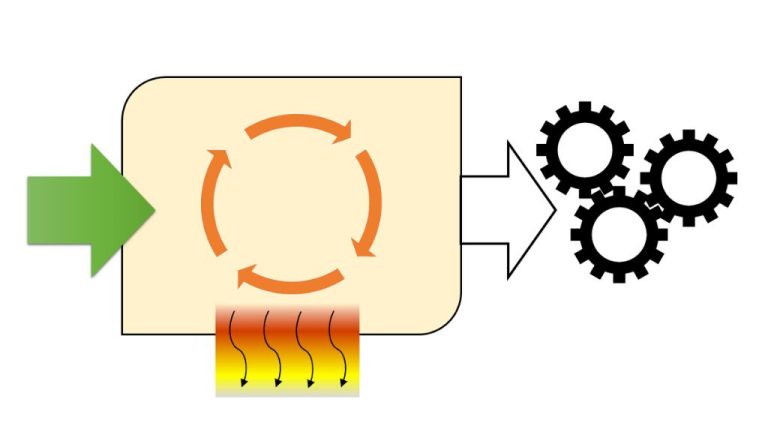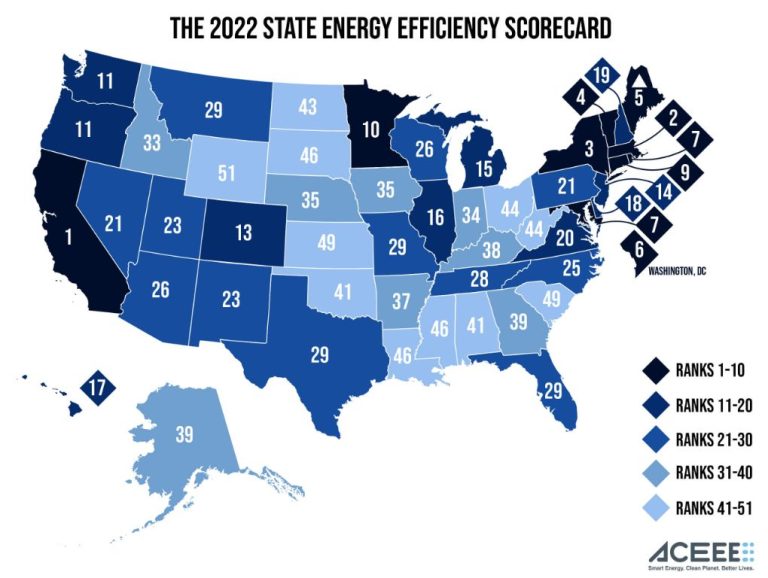What Is The Difference Between Watts And Kilowatts Of Electricity?
Watts and kilowatts are two units of power measurement used for electricity. A watt is a smaller unit, while a kilowatt represents a thousand watts. In this article, we will define watts and kilowatts in detail and examine the key differences between these two important units for measuring electrical power. We will look at where the units come from, everyday examples, and how to convert between them. Understanding watts vs kilowatts is useful for calculating electricity usage and costs.
Units of Measurement
Watts and kilowatts are both units of power. Power is the rate at which energy is transferred or converted. In electrical systems, power represents the rate at which electricity is generated, transmitted, distributed and consumed.
The watt is the standard unit of power. It measures the rate of energy conversion or transfer designated by the International System of Units. For example, a 100-watt light bulb converts 100 joules of electrical energy per second into light and heat.
The kilowatt equals 1000 watts. So a kilowatt is 1000 times greater than a single watt. Kilowatts are commonly used to measure large amounts of power in electrical systems, such as the capacity of power plants or the consumption of businesses and homes.
In summary, watts measure power and kilowatts measure 1000 watts. Knowing the difference helps compare electricity usage across different scales.
Origins
The watt unit is named after James Watt, the Scottish inventor and mechanical engineer. He developed the steam engine in the late 18th century, which was fundamental to the changes brought by the Industrial Revolution. Watt determined that one horsepower was equal to about 746 watts. So the watt unit was established to honor Watt’s contributions. The kilowatt scales watts up by 1000 times. So one kilowatt is equal to 1000 watts. The kilowatt quantifies power on a larger scale to better suit the demands of an industrialized world.
Everyday Examples
When considering electricity usage around your home, you’ll commonly see both watts and kilowatts used as units of measurement. Lightbulbs, for instance, are typically rated based on the number of watts they consume. A standard 60-watt incandescent bulb uses 60 watts of electricity. Fluorescent bulbs are similarly rated in watts. On the other hand, large appliances like ovens, clothes dryers, and air conditioners have power ratings listed in kilowatts (kW). A typical window air conditioning unit may be rated for 0.6 kilowatts, while a clothes dryer runs around 5-6 kilowatts.
Looking at the wattage ratings on everyday devices gives a sense of the difference in scale between watts and kilowatts. Smaller devices like lightbulbs operate in the tens to hundreds of watts. Major household appliances use electricity on the scale of multiple kilowatts, or thousands of watts. The “kilo” prefix in kilowatts denotes a factor of 1000 more watts.
Electricity Usage
Homes use kilowatts of electricity. Utility bills measure usage in kilowatt-hours. This means that a 1,000-watt appliance used for 1 hour consumes 1 kilowatt-hour of electricity (1,000 watts x 1 hour = 1,000 watt-hours = 1 kilowatt-hour). The kilowatt-hour is a unit of energy equivalent to the energy expended by a power of 1 kilowatt running for 1 hour.

For example, if you use a 100-watt light bulb for 10 hours, you have used 100 watts x 10 hours = 1,000 watt-hours = 1 kilowatt-hour of energy. On your electricity bill, you would be charged for 1 kilowatt-hour of usage.
Appliances like stoves, dryers, air conditioners, and water heaters require much more wattage than a light bulb and are often the biggest users of electricity in the home. Knowing the wattage of your appliances can help you estimate your energy usage.
Converting Watts to Kilowatts
To convert watts to kilowatts, divide by 1000.
This straightforward conversion comes from the definition of the prefixes in each unit. A kilowatt is equal to 1000 watts. The prefix “kilo” means 1000 of a base unit.
For example, to convert 2000 watts to kilowatts, divide by 1000:
2000 watts / 1000 = 2 kilowatts
To convert 500 watts to kilowatts, divide by 1000:
500 watts / 1000 = 0.5 kilowatts
So in summary, to convert any wattage to kilowatts, simply divide the wattage by 1000. This will give you the number of kilowatts for that wattage amount.
Converting Kilowatts to Watts
To convert kilowatts to watts, multiply by 1000.
This conversion is straightforward because a kilowatt is equal to 1000 watts. So if you have a measure of power in kilowatts, you can determine the equivalent number of watts by multiplying by 1000.
For example, 5 kilowatts equals 5000 watts:
5 kW x 1000 = 5000 W
Similarly, if you needed to convert 10 kilowatts to watts, you would calculate:
10 kW x 1000 = 10,000 W
Being able to convert between kilowatts and watts is useful for calculating the power consumption and costs of electrical devices and systems. Watts are a smaller unit, while kilowatts represent larger amounts of power. Converting kilowatts to watts makes it easy to determine the total wattage for a given kilowatt usage.
Cost Calculations
Understanding the difference between watts and kilowatts is crucial when calculating electricity costs. Electricity bills typically charge by the kilowatt-hour (kWh). To calculate the cost of running an appliance, you need to know its wattage and how many hours it runs. For example:
A 100W lightbulb running for 10 hours uses 100 x 10 = 1000 watt-hours (Wh). Since there are 1000 watts in a kilowatt, this is equivalent to 1 kWh. If your electricity rate is $0.15 per kWh, running the 100W bulb for 10 hours costs 1 x $0.15 = $0.15.
For larger appliances like stoves or air conditioners, the wattage and hours used are higher. A 5000W electric stove running for 2 hours uses 5000 x 2 = 10,000 Wh = 10 kWh. At $0.15 per kWh, this costs 10 x $0.15 = $1.50 to operate the stove for 2 hours.
Knowing how to convert watts to kilowatts and calculate the operating costs is useful for budgeting your home’s electricity expenses. When shopping for new appliances, be sure to check the wattage ratings to understand the operating costs over time.
Power Generation
Power plants generate electricity on a much larger scale than household usage, typically using megawatts (MW) or gigawatts (GW) as units of measurement. A megawatt is equal to one million watts, while a gigawatt is equal to one billion watts.
For example, a typical coal power plant may have a capacity between 500 MW and 1 GW. This means it can generate 500 million to 1 billion watts of electricity. Nuclear power plants often have capacities of 1 GW or higher.
Looking at units this large helps conceptualize the massive amounts of electricity that power plants produce. It takes 1,000 megawatts to equal 1 gigawatt. So a 1 GW nuclear plant can generate enough electricity to power around 700,000 homes.
When comparing power plants and generation capacity, megawatts and gigawatts are the standard units used by utilities and grid operators. Knowing how to convert watts and kilowatts helps contextualize these large-scale generation numbers for residential electricity usage.
Conclusion
To recap the main differences between watts and kilowatts, watts are a smaller unit of power measurement while kilowatts represent a thousand watts. Watts can precisely track power consumption of small electronics and devices. Meanwhile, kilowatts allow us to easily discuss the massive amounts of electricity used by cities and power plants. Each unit serves an important purpose and converts between the other. Knowing how to convert between them aids in cost calculations and estimating electricity usage. Whether you’re an electrical engineer or a homeowner watching your energy bill, both watts and kilowatts provide useful information in the appropriate contexts.






